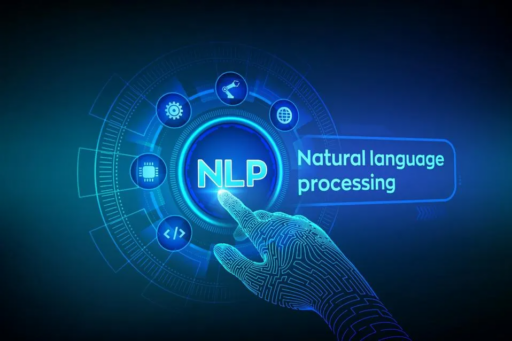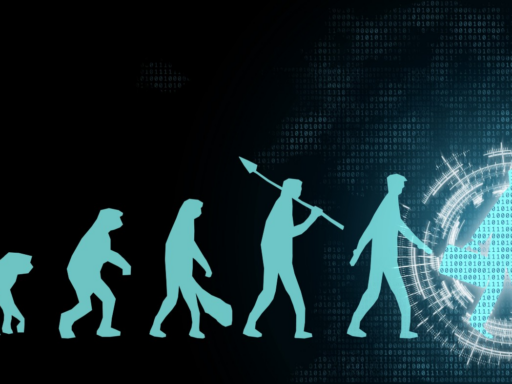The way we interact with technology has changed tremendously in recent years thanks to advances in natural language processing (NLP). NLP allows computers to comprehend how humans communicate and has improved many tools we use every day to connect with others.
Understanding the Complexities of Language
NLP focuses on teaching machines to interpret written and spoken language in meaningful, context-aware ways. It involves tasks like translation between languages, determining sentiment in texts, and recognizing speech. As NLP algorithms continue improving, more communication platforms benefit from its capabilities.
Enhancing the User Experience
One major way NLP enhances tools is by improving the user experience. Chatbots and voice assistants can now understand questions, hold conversations, and even anticipate needs based on previous interactions – making assistance much more seamless. This streamlines how we get information.
Breaking Down Language Barriers
NLP also helps break down barriers between languages. Many messaging apps and websites leverage NLP for live translation, allowing global communication and collaboration without impediment. The ability to understand multiple languages is incredibly valuable.
Finding Relevant Information
Search engines and recommendation systems use NLP’s comprehension of language nuances to surface the most applicable results. By grasping intent and context, they can help users navigate information overload more efficiently.
Gleaning Valuable Insights
Businesses leverage NLP to analyze large volumes of text, like customer reviews or social media, and glean useful insights. Determining sentiment towards products or brands helps optimize services based on real user feedback. Data-driven decisions improve the customer experience.
As machine learning models continue advancing, like recent transformer architectures, NLP capabilities will grow more sophisticated. These models enable subtler language understanding, opening doors for communication tools yet to be imagined.







